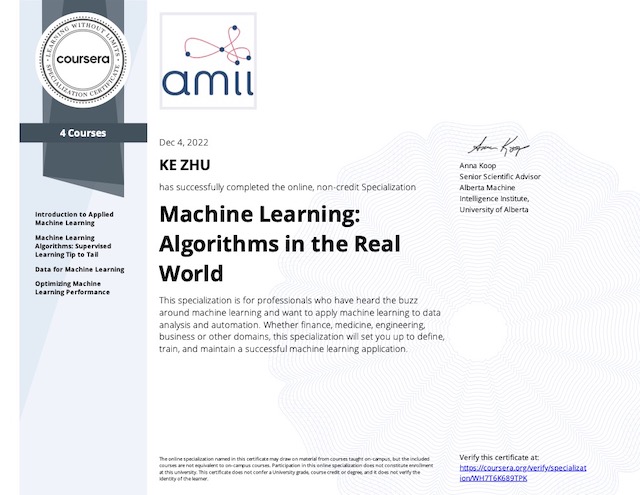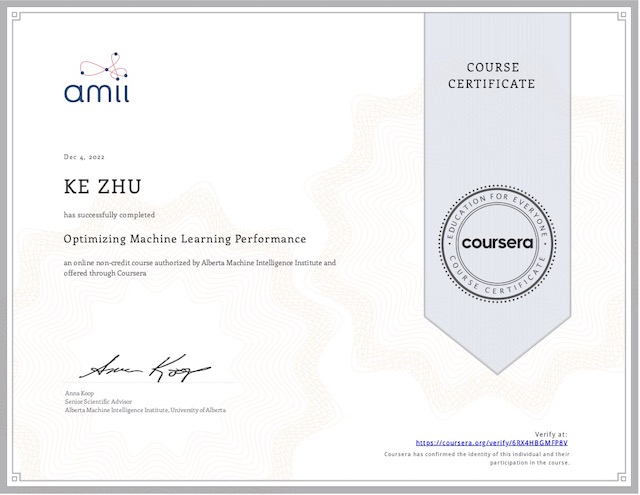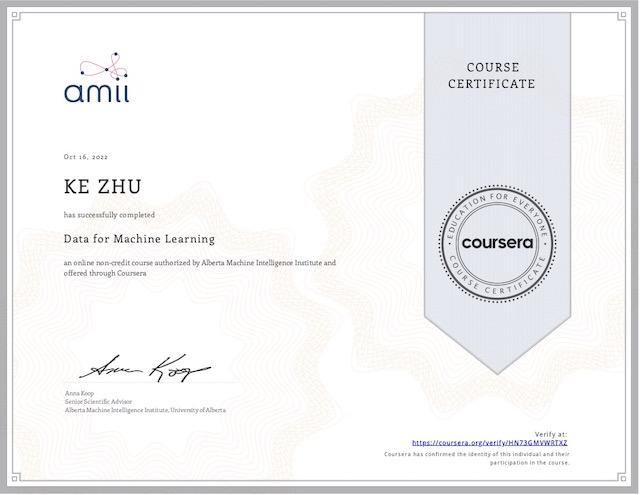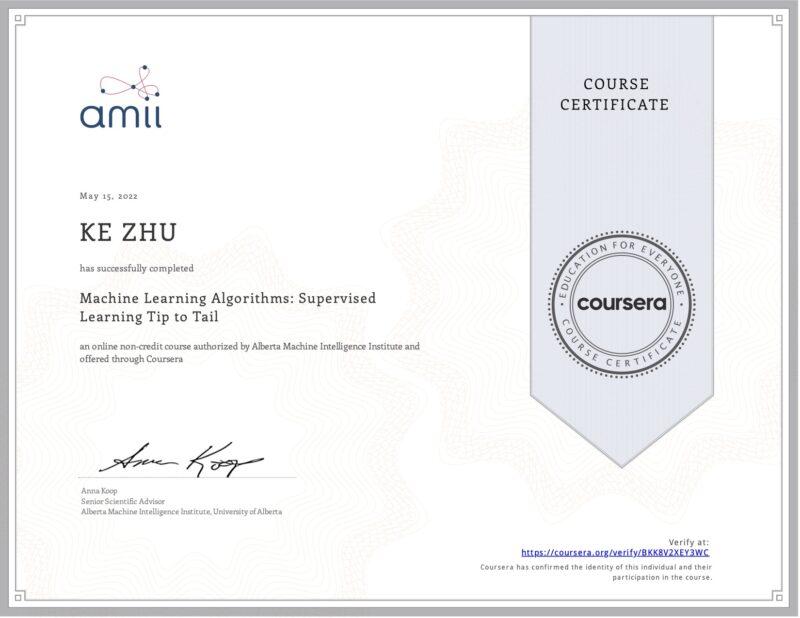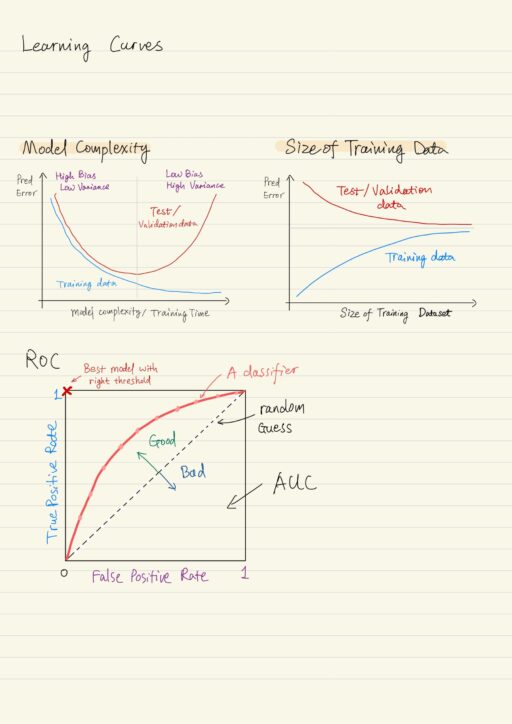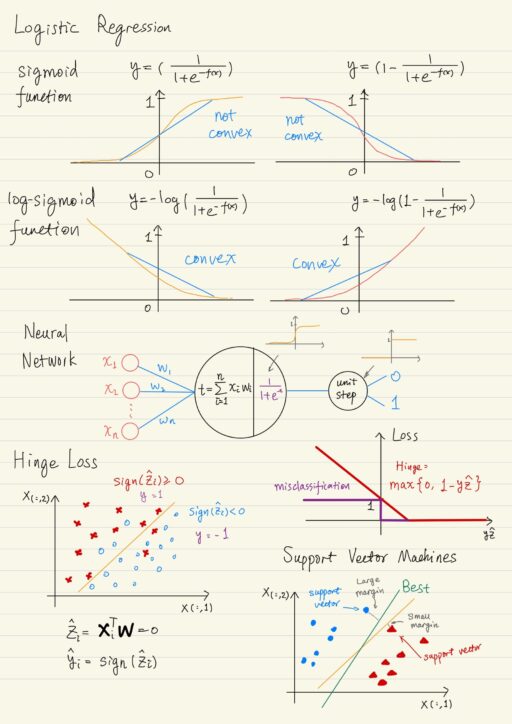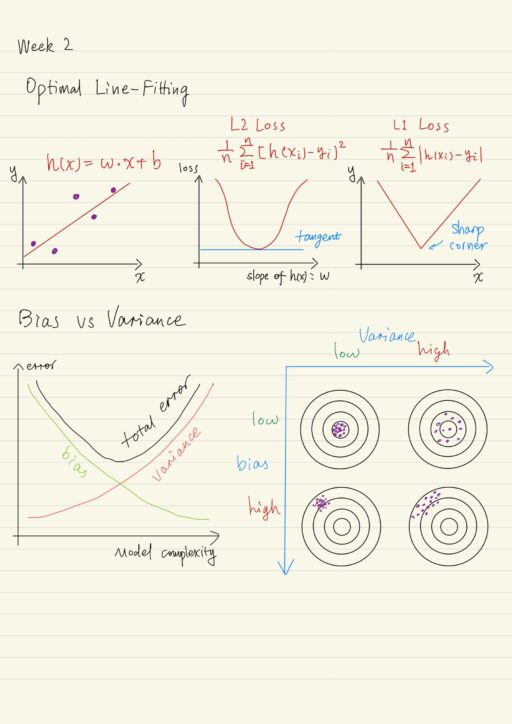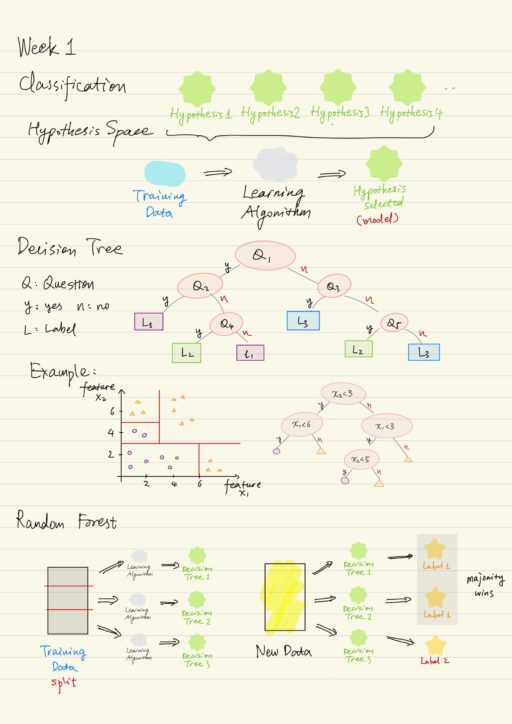Machine Learning: Algorithms in the Real World Alberta Machine Intelligence Institute It is really an exciting journey! This specialization shows you a lot that you probably never imaged as an engineer. A successful machine learning project is far from the machine learning itself. You need to see farther, think bigger and experiment more. Machine learning…
Tag: Anna Koop
My 122nd certificate from Coursera
Optimizing Machine Learning Performance Alberta Machine Intelligence Institute In the real world, the journey to a successful machine learning project does not start with cool ideas and technology. At least, there are thing way more important then “letting your servers crunch data and get results”. The first question is to ask: “As an organization, where…
Post-Deployment of Machine Learning Models
Integrating Machine Learning Systems Issues arise from putting your machine learning model into a real life system. To actually make use of your model, you need a way to interact with it, which creates complications you can’t address simply by testing the model in isolation. Machine Learning is all about data. Each model in production…
Machine Learning: Readiness, Responsibility and Regulatory Concerns
Although many organizations recognize the importance of machine learning for making the most of their businesses, very few actually know how to get started. It is also required to develop a machine learning strategy for the business, moving beyond individual successes into a long-term growth plan. Machine learning impacts entire business from processes and staff…
My #114 certificate from Coursera
Data for Machine LearningAlberta Machine Intelligence Institute Do you agree that the skills of manipulating data is more important than building fancy models? I do believe so. Raw data is almost never ready to use, and they are only valuable only if being extracted and transformed properly. “Garbage in, garbage out”. Moreover live data expose…
Bad Data in Machine Learning
There are many ways that data can go wrong, sometimes through no fault of its own. Imbalanced Data A dataset with skewed class proportions where the vast majority of your examples come from one class is called an imbalanced dataset. Not surprisingly, having imbalanced classes in your learning data impacts the model that results. You…
Building Good Features for Machine Learning
Having a deep understanding of data is an essential prerequisite for doing EDA (Exploratory Data Analysis) as well as feature engineering. Very often, only certain types of feature engineering techniques are valid for certain types of data. Why do we need feature engineering? In order to visualize it better and to use it as features…
Prepare Your Data for Machine Learning Success
Data never actually arrives in the exact perfect form you want it to, so you need data pipeline process to prepare data. There are 3 typical stages in data pipeline: data extraction, data transformation, and data loading, collectively known as ETL. What tools and processes you use in each of these stages and overall, is…
Understanding Your Machine Learning Problems and Data
Recall in a previous course, we have introduced the Machine Learning Process Lifecycle (MLPL), simply put there are four stages: Business Understanding and Problem Discovery Data Acquisition and Understanding ML Modeling and Evaluation Delivery and Acceptance These phases are iterative, you can’t skip ahead. A good, clear problem definition is important. Business Understanding and Problem…
My #94 course certificate from Coursera
Machine Learning Algorithms: Supervised Learning Tip to TailAlberta Machine Intelligence Institute There are many other courses that teach you some aspects of supervised learning, but this one gives you the big picture. Classification and Regression are closely related, it’s likely to get lost in the details. The course begins with the Decision Trees and k-Nearest…
Regression and Classification Model Assessment
Let’s take a look at how the performance of regression and classification models can be quantified so that we can identify the best learning algorithm to build the model. Most importantly, the learning data should be split into training data and test dtaa. Failing to hold out test data will lead to dire consequences. Regression…
Logistic Regression & Support Vector Machines
Often, some of the “shifts” we need to make when we’re using regression based approaches for classification. There is a major family of classification algorithms called Logistic Regression. Logistic Regression Logistic regression is actually a classification, it does not answer questions with a real number, it answers with a binary category 0 or 1. It…
Linear Regression
Recall that the concept of hypothesis spaces is a collection of hypotheses that might answer a particular question, and learning algorithms find the best hypothesis in the space of functions which we’ll call the model or QuAM. Previously we learned that classification learning algorithms operate in the space of functions that classify examples. However we can also think…
Classification: Decision Trees and k-Nearest Neighbours
Classification Basics Machine learning uses learning data and learning algorithms to produce a model (or Question Answering Machine, QuAM), which is used to make prediction on unseen data. Classifier is a specific kind of model, which is built by using the supervised learning technique called classification. Scientific method could be broken down into several steps:…
My #49 course certificate from Coursera
Introduction to Applied Machine LearningAlberta Machine Intelligence Institute This course looks at machine learning in a different light: business. Fanciful ideas and hypes are still almost everywhere nowadays, but clear-headed people remembers the motto “no silver bullet”.This course introduced many fundamental knowledge without too many technical terminology. To me, the most impressive section is the Machine Learning Process Lifecycle.This…
